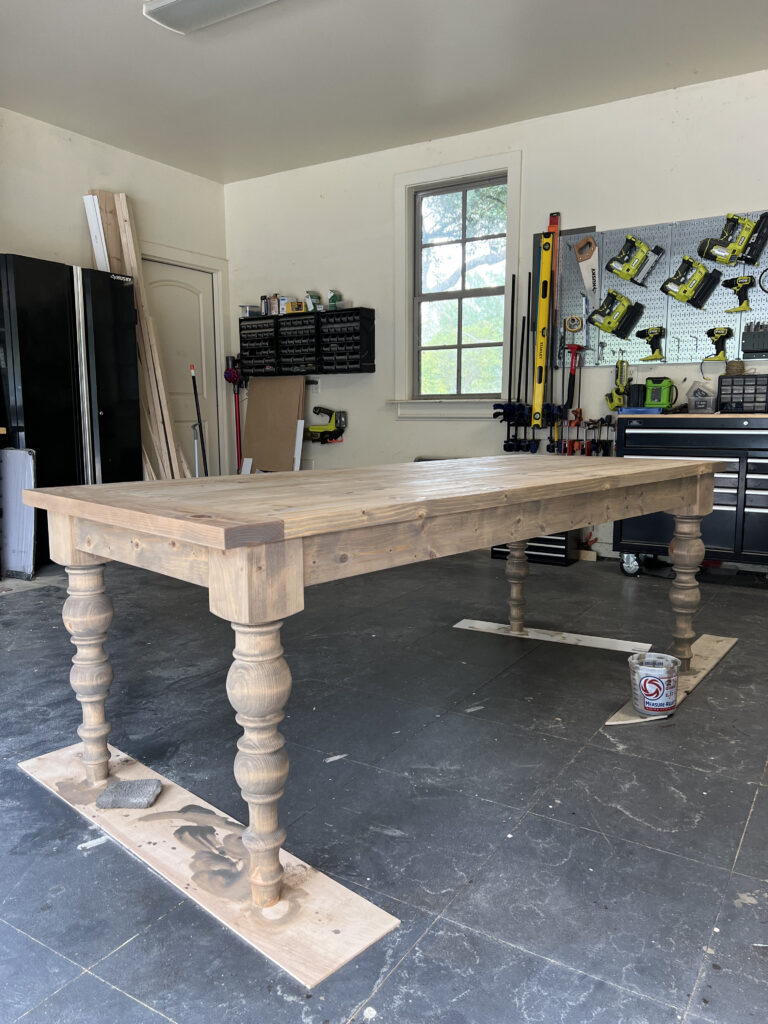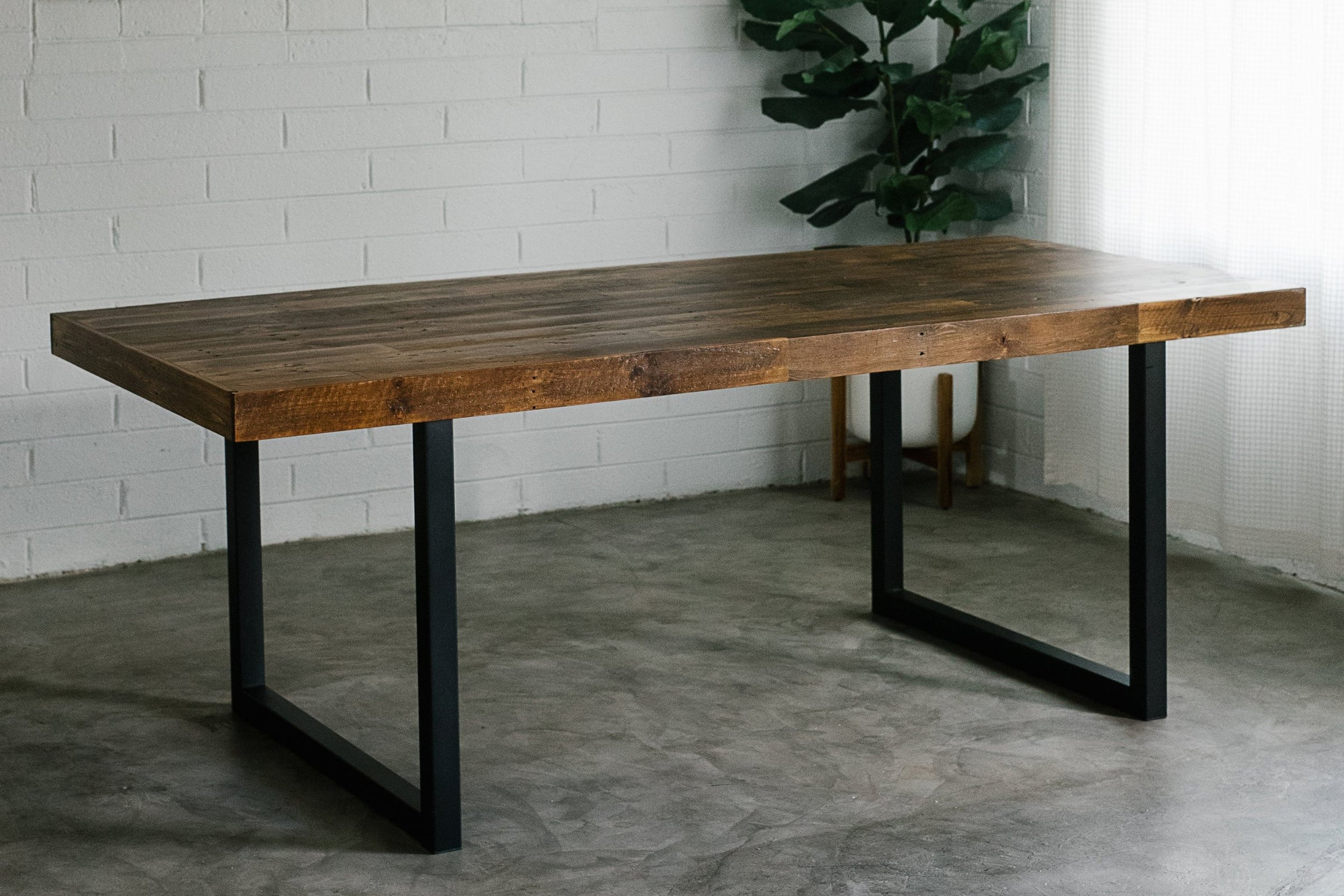Add a Rustic Touch to Your Table with Classic Dining Table Legs Wood
Add a Rustic Touch to Your Table with Classic Dining Table Legs Wood
Blog Article
Checking Out the Different Types of Eating Table Legs Timber for Your Eating Space
The choice of eating table legs timber can profoundly influence both the aesthetic and practical qualities of your dining space. Solid timber options, such as oak and walnut, offer a timeless look with unequaled durability, while crafted timber alternatives supply ingenious layouts that imitate the splendor of all-natural grains.
Strong Wood Options

Unlike crafted materials, solid timber is less susceptible to bending and damages over time when properly kept. Each piece of strong wood is unique, showcasing private attributes that include to the appeal and character of the dining table.
Additionally, solid timber can be finished in numerous methods, ranging from natural oils to tarnished coatings, permitting house owners to individualize their furniture to match their decor. In summary, choosing strong timber for eating table legs not just guarantees structural stability yet also improves the visual charm of the dining location, making it a rewarding investment for any home.
Engineered Wood Alternatives

Plywood, built from multiple layers of wood veneer, is secure and specifically solid, making it an outstanding selection for dining table legs. Its layered structure permits it to hold up against adjustments in moisture and temperature far better than standard strong wood. MDF, on the various other hand, offers a smooth surface for paint or veneering, making it possible for designers to achieve a refined appearance while keeping structural honesty.
Particleboard, commonly used in budget-friendly alternatives, provides decent toughness and is lightweight, making it much easier to deal with. It may not be as long lasting as plywood or MDF. When picking crafted timber options, it is important to take into consideration the intended usage and wanted visual. These products not just improve the capability of dining rooms yet additionally enable better style flexibility, guaranteeing that conventional and modern styles can exist side-by-side sympathetically.
Reclaimed Timber Features
Redeemed timber supplies an unique blend of sustainability and personality, making it a significantly preferred choice for dining table legs. Sourced from old barns, factories, and various other frameworks, reclaimed wood symbolizes a history that new products simply can not reproduce. Each item lugs its very own story, noted by unique flaws, knots, and differing grain patterns, which contribute to a table's special visual appeal.
Along with its aesthetic appeal, reclaimed wood is an eco friendly choice. By repurposing previously used materials, it reduces the need for new lumber, hence helping to conserve forests and lessen waste. This lines up with an expanding consumer preference for lasting practices in decor.
In addition, redeemed timber is typically extra durable than newly collected timber due to its age. The natural drying out procedure that recovered timber undertakes cause a denser and more powerful material, making it much less prone to bending and splitting. This enhances the long life of eating tables, enabling them to withstand the roughness of daily use.
Softwood vs. Hardwood
When picking eating table legs, understanding the see differences in between softwood and hardwood is crucial for accomplishing both practical and visual objectives. They generally show a more rustic appearance, making them ideal for laid-back or country-style dining areas.
On the various other hand, hardwoods, sourced from deciduous trees like oak, cherry, and maple, are renowned for their thickness, toughness, and toughness. The detailed grain patterns and abundant tones of woods give a innovative and ageless charm, making them excellent for formal eating setups. While hardwoods tend to be a lot more costly and larger, their resilience against wear and tear commonly validates the financial investment.
Eventually, the option in between softwood and hardwood for go to these guys dining table legs should straighten with your layout vision, use requirements, and budget, guaranteeing that your eating space mirrors your personal style while continuing to be practical gradually.

Therapies and finishes
The visual charm and longevity of table legs can be substantially boosted via various coatings and therapies. These processes not only shield the timber from damages however additionally boost its look, allowing it to enhance diverse interior styles.
One common therapy is discoloring, which passes through the wood and boosts its natural grain while including color. Stains give a rich, classy look, enabling house owners to match their furnishings with existing decoration. On the other hand, clear coatings such as polyurethane or varnish develop a protective layer without changing the wood's original hue, guaranteeing durability against deterioration.
Furthermore, all-natural oils, like tung or linseed oil, nourish the timber and offer a refined luster, all while being environmentally friendly. These oils enable the surface area to breathe, preventing wetness build-up and potential bending.
For those seeking a rustic charm, weathered or troubled finishes can be applied to create an aged look, including personality to the item. Inevitably, the choice of coatings and therapies relies on individual choice, preferred appearances, and the details timber kind, making it necessary to think about these aspects when picking table legs for your space.
Final Thought
In final thought, the selection of eating table leg products considerably affects both the visual and practical facets of an eating area. Strong timbers, crafted options, and moved here redeemed options each offer unique benefits, accommodating various choices and demands. Recognizing the differences between softwoods and hardwoods, in addition to ideal coatings and treatments, permits notified decision-making. Eventually, the choice of timber type should align with wanted design, sturdiness, and environmental factors to consider, improving the total dining experience.
The choice of dining table legs wood can profoundly influence both the practical and aesthetic qualities of your dining room - Dining Table Legs Wood. Solid timber alternatives, such as oak and walnut, give a traditional appearance with unequaled durability, while engineered wood choices use ingenious layouts that simulate the splendor of all-natural grains. Solid timber provides an ageless top quality that can boost the total style of a dining area. Each piece of solid wood is distinct, showcasing specific characteristics that include to the charm and character of the dining table
Moreover, redeemed wood is commonly more resilient than newly harvested timber due to its age.
Report this page